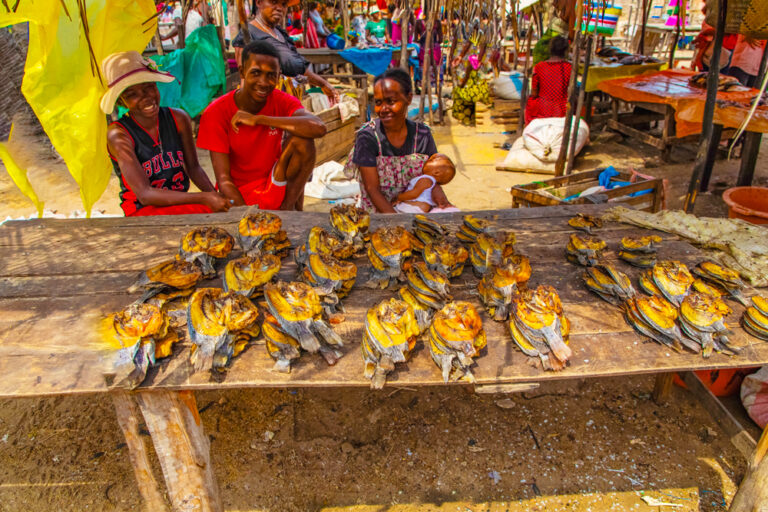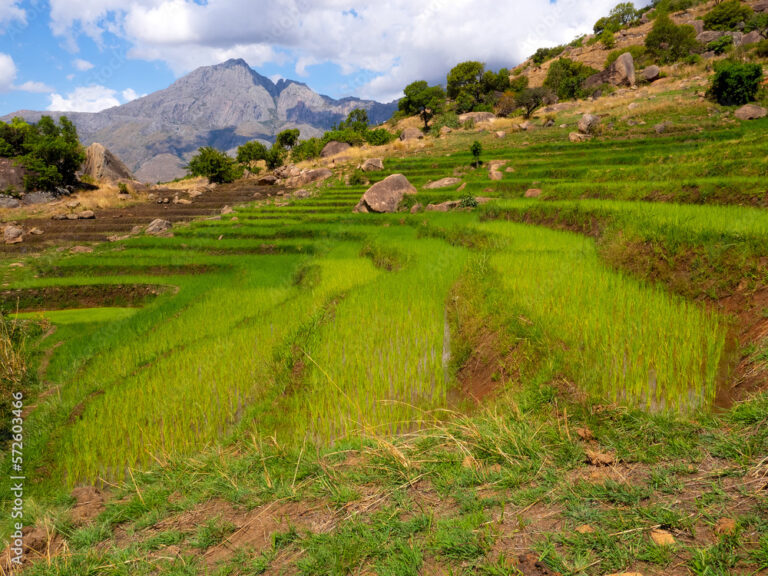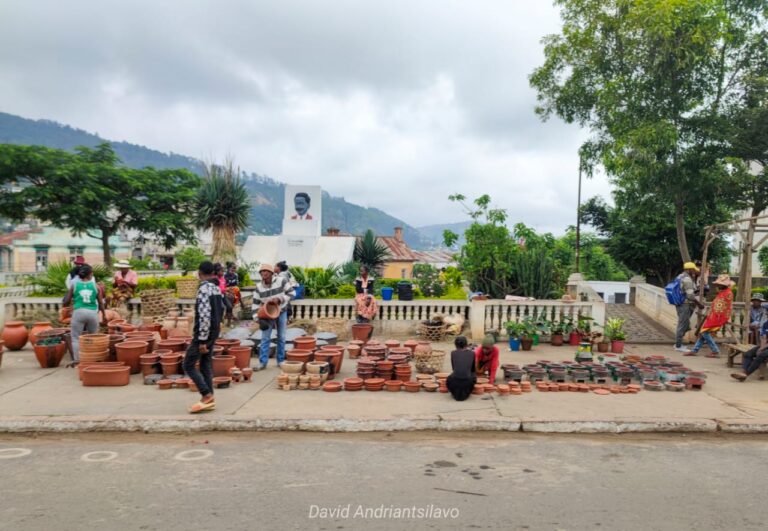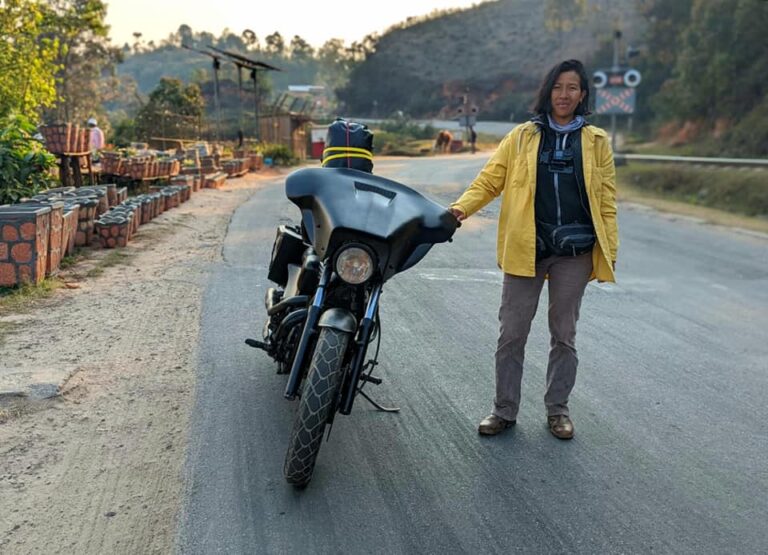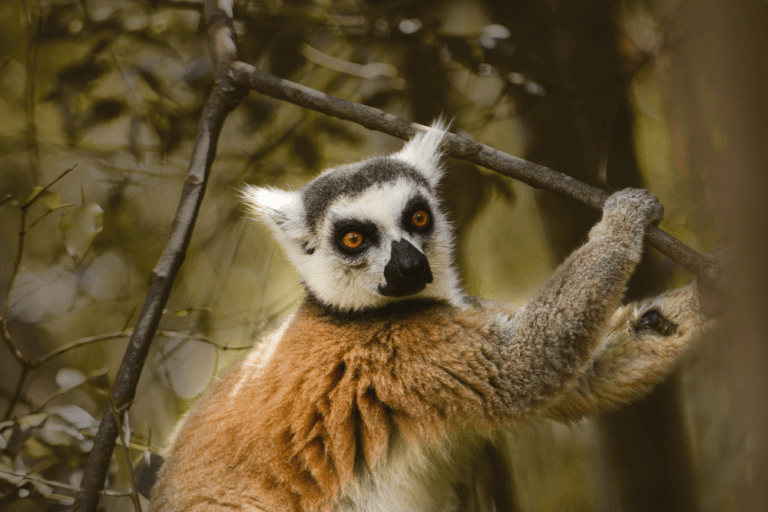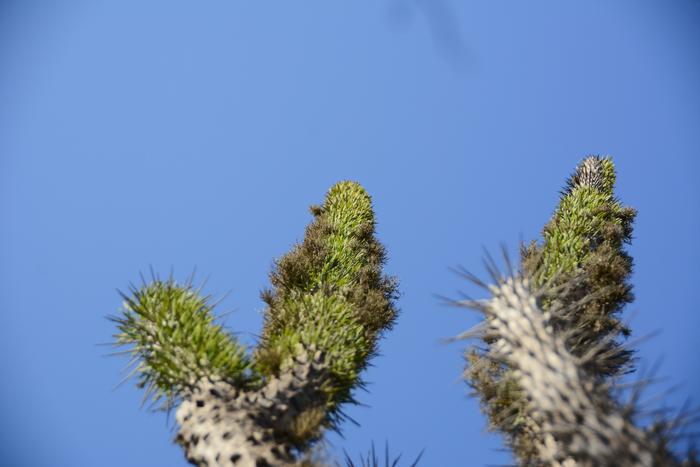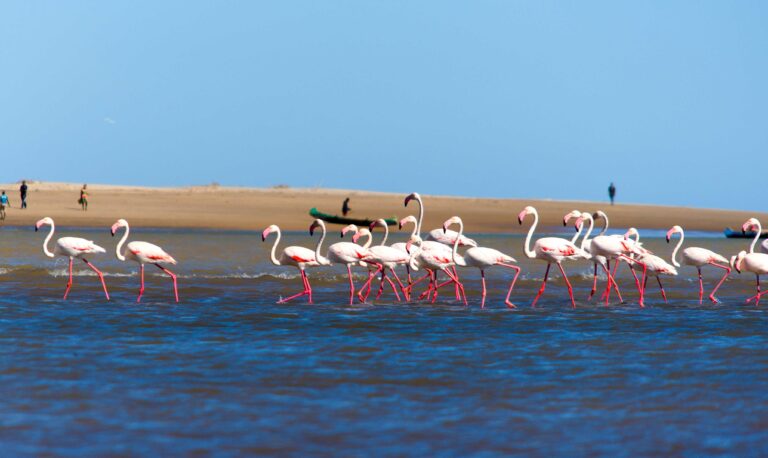The Importance of Lamba in Malagasy Culture
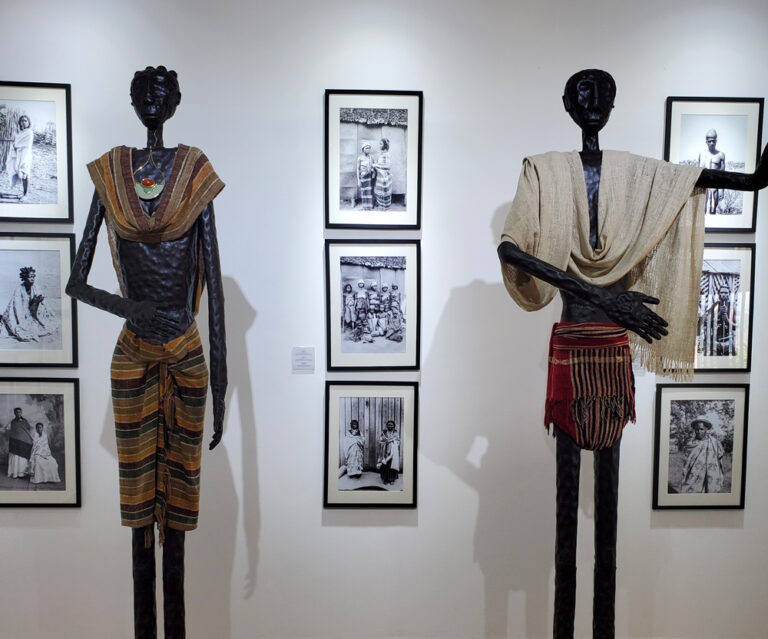
The lamba, a traditional Malagasy fabric, is indisputably Madagascar's artisanal product par excellence. Much more than a simple garment, it is a permanent, even eternal, companion.
It represents Madagascar's cultural identity and is worn with pride by the Malagasy people. Whether it's a square of fabric draped over a woman's shoulder, printed cotton wrapped around her hips, or a shroud lovingly crafted to welcome ancestors into their eternal sleep, the lamba is both versatile and symbolic.
This textile, often adorned with significant patterns and colors, is used in various ceremonies and rites, expressing a sense of belonging to a community and the continuity of ancestral traditions.

